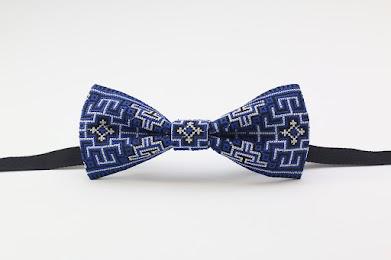Myths about teaching can hold you back
- Year 6
How do we develop our design ideas?
In this lesson, we will explore ways you can develop your initial designs for your phone holder. You will also learn how to render your designs. This lesson includes some physical activity and equipment beyond pen, paper or pencil. Please make sure your child is adequately supervised.
- Year 6
How do we develop our design ideas?
In this lesson, we will explore ways you can develop your initial designs for your phone holder. You will also learn how to render your designs. This lesson includes some physical activity and equipment beyond pen, paper or pencil. Please make sure your child is adequately supervised.
These resources will be removed by end of Summer Term 2025.
Switch to our new teaching resources now - designed by teachers and leading subject experts, and tested in classrooms.
These resources were created for remote use during the pandemic and are not designed for classroom teaching.
Lesson details
Key learning points
- use annotated sketches to develop and communicate their ideas
- that materials have both functional properties and aesthetic qualities
- the correct technical vocabulary for the projects they are undertaking
- critically evaluate the quality of the design, manufacture and fitness for purpose of their products as they design and make
Equipment
Existing textile products for investigation and deconstruction, selection of fabrics, pins, needles, thread, measuring tape
Content guidance
- Equipment requiring safe usage.
Supervision
Adult supervision recommended
Licence
4 Questions
Q1.What is this piece of clothing call?

Q2.What are these fasteners called?


